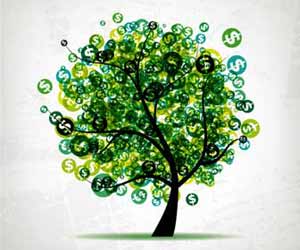The Human Need for Reforestation
Beyond environmental reasons, trees and forests are a vital part of human existence. Whether as a critical resource for constructing homes, warmth when used as a fuel, a setting for many recreational purposes or providing breathtakingly beautiful scenery, trees have played a central role in man’s existence for thousands of years.

Without reforestation, human existence as we know it would be threatened. In 2014, in Canada alone, nearly 1,000,000 hectares of forest land were harvested, over 1.6 million hectares were lost to forest fires and over 16 million hectares were severely damaged by insects like the Asian beetle.
Environmental requirements aside, forests should be thought of as an economic resource. Trees can be a renewable resource for many industries. The home and building construction industry is a major consumer of trees. The American Forest and Paper Association reports the homebuilding, remodeling and home improvement industries are the largest users of lumber and wood products, accounting for about two-thirds of domestic wood-product consumption. Over 90 percent of all homes in the United States are built with wood-framed walls and roofs, with an average 2,434 square foot home requires 15,800 board feet of lumber and 15,200 square feet of wood panel products to construct.
The paper product industry is another major consumer of wood products, with the Canadian business well over Can$34 billion in 2016.
While over 500 million acres of United States forests are classified as usable for timber, not all are actually used for that purpose. The rest is saved for uses such as wildlife habitat and recreation, which is an extremely broad category with millions of users. Hunting, fishing, hiking, snowmobiling and camping are just a few of human activities requiring broad expanses of undisturbed forested areas.
Another reason to provide reforestation services is that in many states and provinces, it’s the law. Oregon was the first state to pass laws requiring sustainable forestry practices on private lands to ensure continuous harvest and protect the resources and habitats on those lands.
Replacement of trees is not the only prominent practice within reforestation. Keeping already forested habitats healthy so they will provide natural replacement is critical as well. The drop in available forest forecasted by the U.S. Department of Agriculture by 2050 will make the health of available forest lands still in existence vitally important in the effort to provide these same services in the face of an always increasing demand.


 Teach English in Asia
Teach English in Asia  Cruise Ship Jobs
Cruise Ship Jobs  Alaska Fishing Industry Jobs
Alaska Fishing Industry Jobs  Sharing Economy / Gig Economy
Sharing Economy / Gig Economy